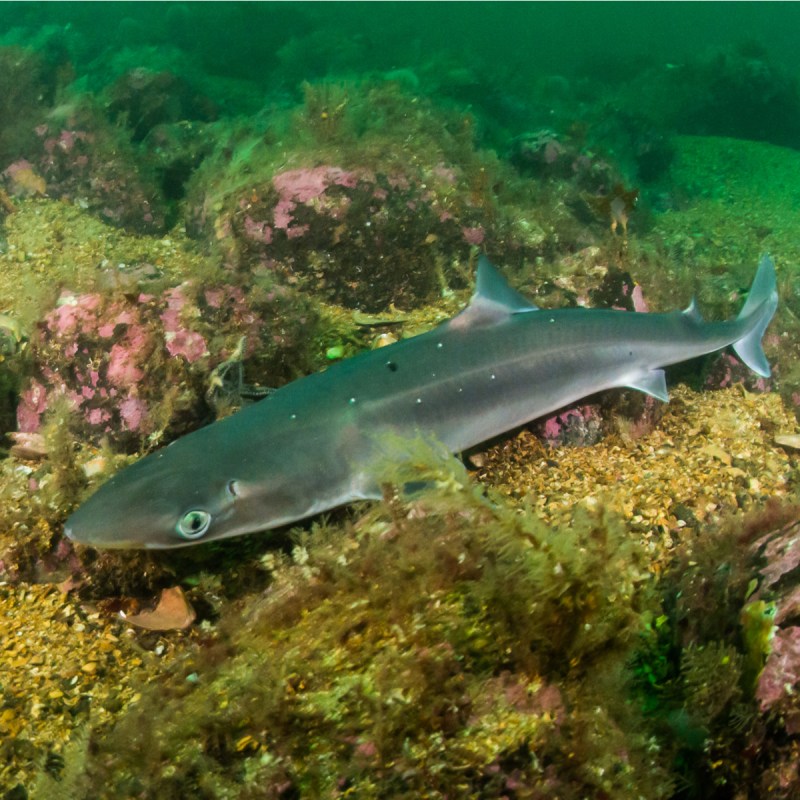
The good news is the River Thames is coming back to life after being declared biologically dead in the 1960s.
Videos by TravelAwaits
The bad news is among the dozens of species now living among the waters in London are venomous sharks. Although it sounds like it’s a plot from a bad horror film, the sharks really are part of one of the world’s most famous rivers.
The river is “home to myriad wildlife as diverse as London itself,” Andrew Terry, director of conservation and policy at the Zoological Society of London, said in a report published this month about the state of the river.
That report shows there are more than 115 species of fish and 92 species of birds supported by the 215-mile river.
“This report has enabled us to really look at how far the Thames has come on its journey to recovery since it was declared biologically dead, and in some cases, set baselines to build from in the future,” the Zoological Society said in a statement.
Sure, the return of species and the clarity of water are all positives. But venomous sharks?
Commonly known as spurdogs or spiny dogfish, the sharks are named after the venomous spines found in front of their dorsal fins used on predators. They can curl in a bow and strike at predators, according to Wildlife Trusts.
Spurdogs were once on the verge of extinction, but they have slowly returned — including now in the River Thames.
According to the ZSL, warmer temperatures and rising sea waters have led to some species — like the sharks — being found in the Thames that were never there before.
“As water temperature and sea levels continue to rise above historic baselines, the estuary’s wildlife will be particularly impacted through changes to species’ lifecycles and ranges,” the report says.
Decades of sewage being dumped into the river were the main cause of the Thames being declared dead in the 1960s, but the expansion of sewage treatment plants and limits on industry helped bring it back to life, the report says.
But the river isn’t out of the woods, the report warns.
“Because London’s sewage system was largely built in the 1800s, when London’s population was less than a quarter of what it is today, storm events cause excess sewage to overflow into the Tidal Thames, posing a major threat to water quality,” the report says.
This begs the question, do London residents want sewage in the river, or clean water if it comes with venomous sharks?
For more travel news, check out these recent stories:
